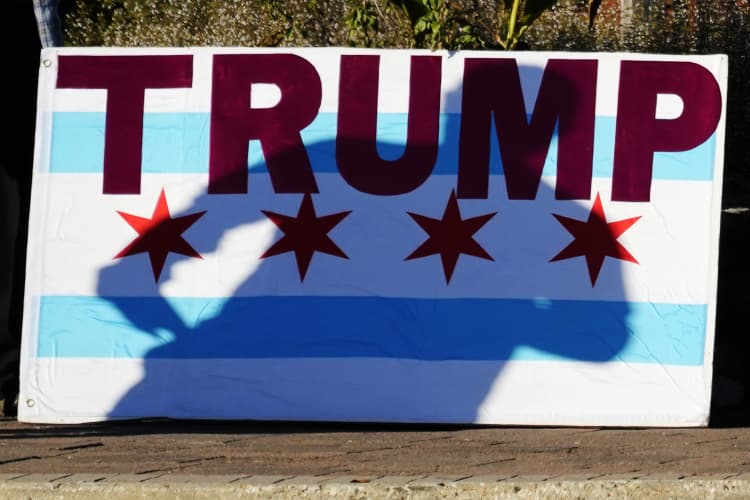Trump Narrows Gap Between Swing State and Popular Vote
Republicans have carried the national popular vote only one time (2004) in the last six presidential elections. Winning the White House in 2000 and 2016 via the Electoral College softened the blow, but relying on such a strategy is akin to drawing an insight straight in stud poker: It can be done, but it requires some luck. But the polling numbers in 2024 suggest a shift may be taking place.
In the latest RCP Averages, Donald Trump leads by 0.3 points nationally and by one point on average in battleground states. When President Biden dropped out of the race, Trump led in swing states by 4.4 points and in the national popular vote by three points.
Mainly because of lopsided blowouts in California and New York, the discrepancy between swing state and popular vote support was greater in previous national elections. In 2020, Trump trailed Biden by 0.03 points in swing states, while Biden led by 4.5 points nationally. The effect was also seen in 2016, where Trump won battlegrounds on average by 1.7 points but lost nationally by 2.1.
In both these cycles, Trump performed better in swing states than he did nationally. Less than a week before Election Day, however, the difference has narrowed from about four points in 2016 and 2020 to just 0.5-1.5 points now.
Why this is so – and whether it will hold up for the next five days – is a mystery. Trump’s demographic inroads among Latino and African American men may explain part of it. Another factor is the post-COVID migration of Democratic voters into red state enclaves. Part of Trump’s increased support in the popular vote could also stem from appearances in non-swing states, which boosts his support more broadly but less in swing states. These rallies include recent stops at Madison Square Garden in New York, Coachella in Southern California, and an earlier stop in the Bronx this summer.
These campaign events became spectacles as supporters gathered in solid blue areas. However, since the election is decided by majority vote in select states, such rallies likely had a smaller impact size on outcomes than rallies in swing states.
Based on current polling and the midterms, it is possible for Republicans to win the popular vote despite previous challenges in 2020 and 2016. For example, in 2022, Republicans won the majority of votes for congressional candidates, beating Democrats 50.6%-47.8%. Republicans have a chance to repeat that this year, currently leading by 0.9 points in the General Congressional Ballot RCP Average and 0.5 points in the national RCP Average, although polls remain close and within striking distance for Democrats.
In betting markets, despite Trump’s lead in the national RCP Average, he is still behind in his likelihood of winning the popular vote, according to Polymarket, where he has only a 34% predicted chance of winning compared to Kamala Harris’s 66% chance. In the Electoral College race, however, Trump leads in Polymarket odds at 61.5% to 38.5%.
The broader debate over how the presidency should be decided is also divided along partisan lines. Public sentiment increasingly favors a popular vote-based system: In a recent Economist/YouGov poll conducted Oct. 26-29 among 1,587 U.S. adults, 54% preferred deciding the presidency by popular vote, compared to 28% who supported the Electoral College. Among Republicans, 51% supported the Electoral College, while 75% of Democrats backed the popular vote.
2024 Key Senate Races
Get caught up on the most important polling for the most consequential races of 2024.

